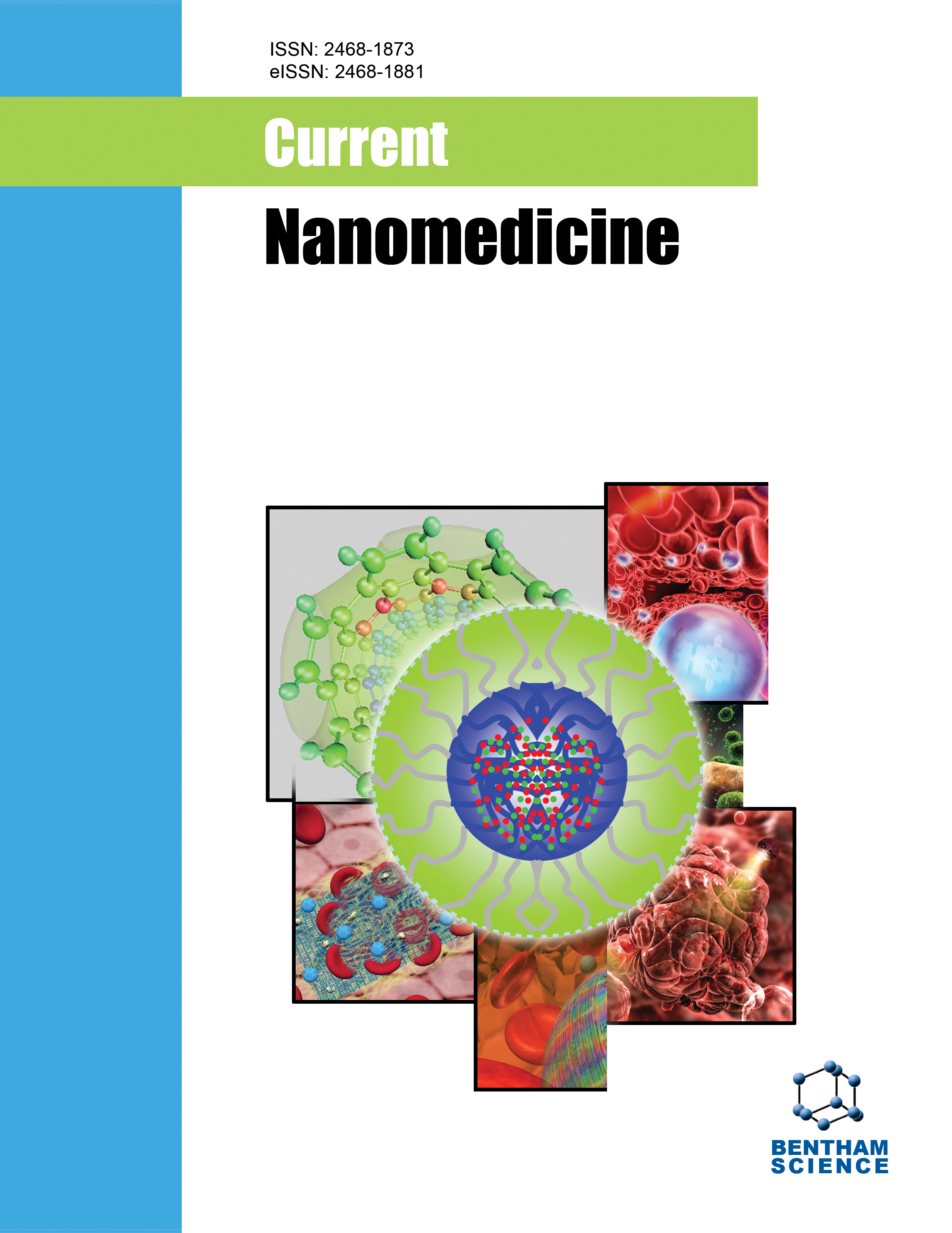
Full text loading...
We use cookies to track usage and preferences.I Understand
Acute lung injury (ALI) is a life-threatening condition characterized by severe invasion of inflammatory cells, lung edema, and the development of intestinal fibrosis. The activation of proinflammatory cytokines like TNF-α, IL-6, and others results in the development of several risk factors for ALI. It has been observed that no viable therapies for lung injuries exist. Therefore, there is a significant need for healthcare requirements. However, few effective non-pharmacological and pharmacological treatments are available, which may have assisted doctors in reducing the likelihood of illness development. Still, not much progress has been made in illness management.
This review aimed to briefly discuss pharmacological and non-pharmacological approaches for treating ALI.
Nowadays, drug delivery and illness diagnosis are the most advanced areas of modern nanotechnology research, particularly concerning the lungs. So, we focused on various novel approaches, viz., organic nanoparticles, inorganic nanoparticles, metal nanoparticles, and bio nanoparticles, that combat ALI and improve lung functions. This review discussed many studies and the advancement of different nanomaterials as novel drug carriers in the lungs that can influence the immune system, suppressing proinflammatory cytokines and improving lung functions.
Another aspect of studying nanotechnology is the release kinetics of nanoparticles and safety when administered to a targeted tissue.
The higher uptake of nanomaterials and, thus, the drugs is another advancement in nanotechnology. Herein, we explored different approaches to improving and curing acute lung injury.

Article metrics loading...

Full text loading...
References


Data & Media loading...

